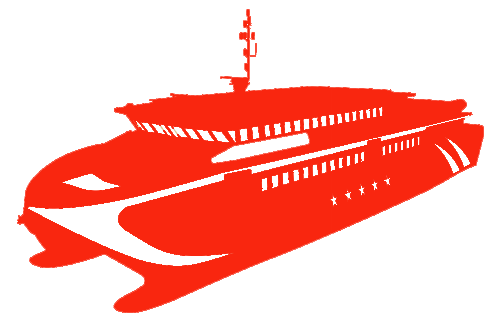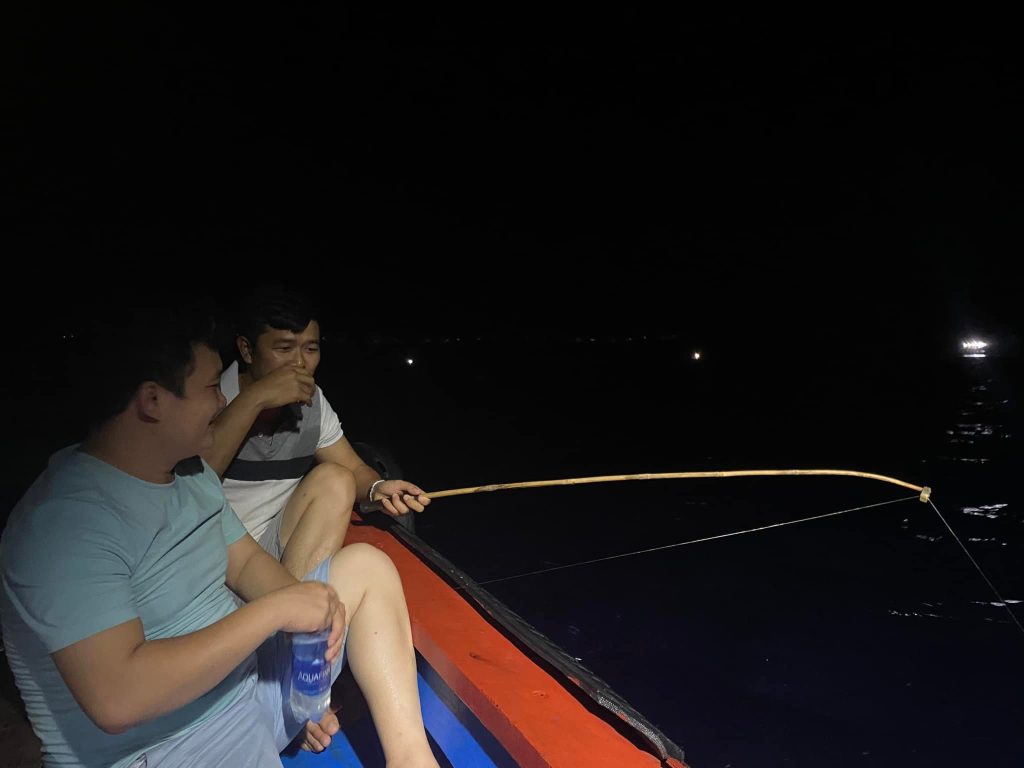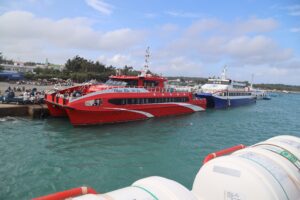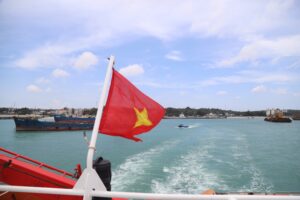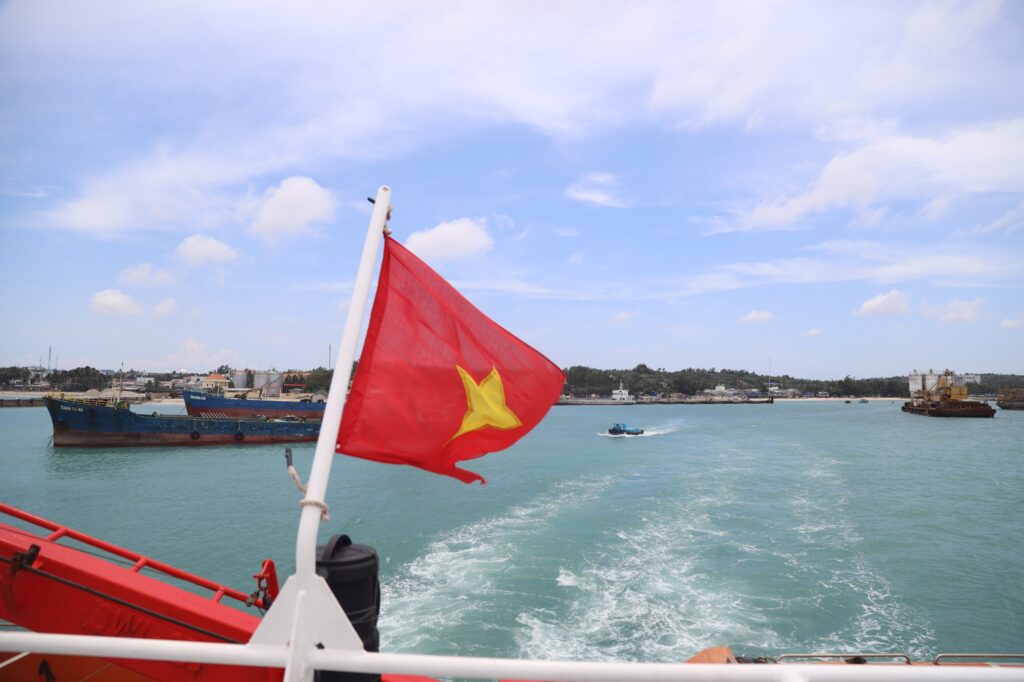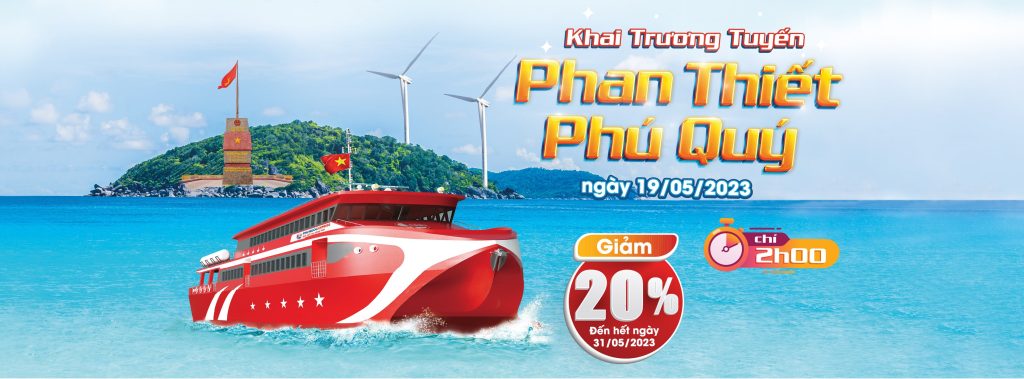Squid fishing, locally known as “thẻ mực,” is one of the most important fishing methods that leads in the use of light sources.
In the past, fishermen used bundles of torches, bottle lamps, and kerosene lamps, but these types of lights were not very effective because they could not illuminate far distances or reach the depths of the seabed. However, the heat generated by these lights caused the squid to mistake the light for prey, drawing them close to feed and get hooked—this is called “mực vịn” (squid attracted to the light). The “thẻ mực” method, which in the island dialect means lighting lamps to “tag” the squid, involves using fishing lines made of nylon with white fabric “flowers” spaced about one meter apart. At the bottom of the fishing line, a lead weight called a “nới” sinks deep to the seabed.
Fishermen then hold the end of the line and pull it up and down repeatedly, causing the fabric flowers to flutter. The squid see the white shapes and follow them, floating near the surface, while the fishermen quickly scoop them up with nets and throw them into the boat. During the application of this method, island fishermen successfully used gasoline lanterns, and after thorough exchanges and tests with mainland fishermen, the technique was refined.
Squid fishing has brought stable material living conditions to a portion of the island’s population. Many families who were previously very poor and faced many hardships now enjoy more stable lives with proper houses and noticeably improved material well-being. This profession relies heavily on traditional experience, suits the local production habits, and matches the production level of people with a long-standing offshore fishing tradition, resulting in quite high efficiency.


